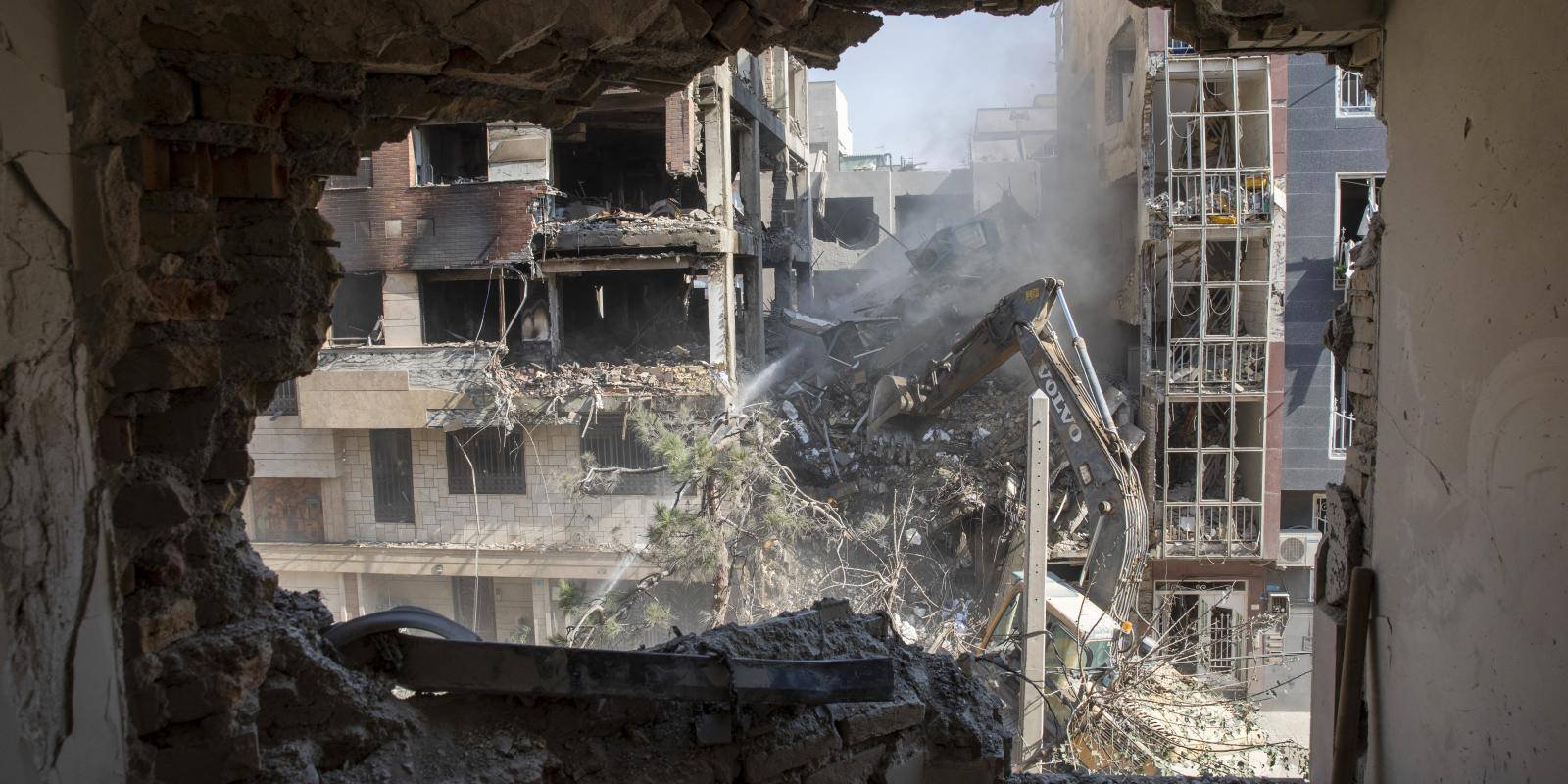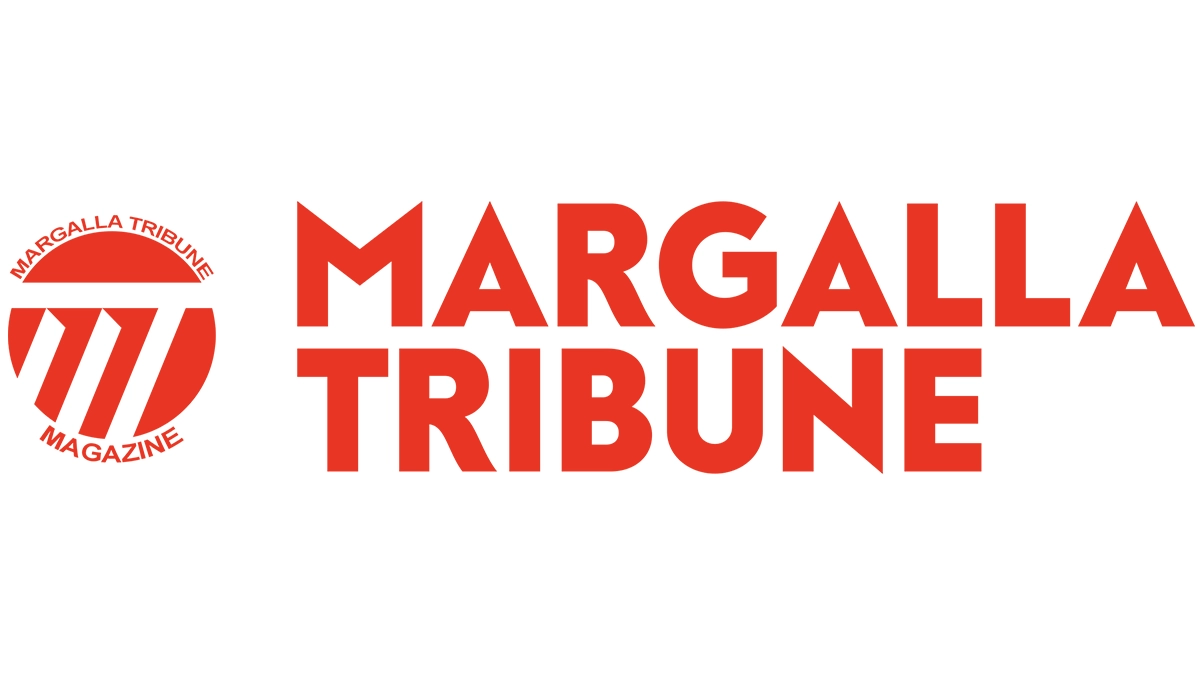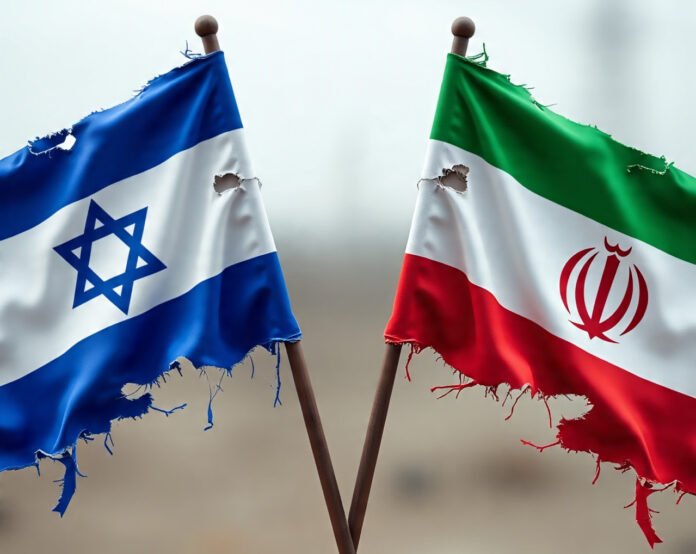For decades, Israel and Iran waged war in the shadows in the forms of cyberattacks or proxy battles. Each move calculated, each strike denied. But on June 12, 2025, the covert became overt. In a matter of hours, the Middle East ignited, and the global order shuddered.
What unfolded over the next 12 days was not just another regional flare up, it was a seismic event with ramifications stretching from Tel Aviv to Tehran, Islamabad to Washington, and far beyond. Many now wonder: is this the beginning of a new regional realignment—or the first flames of a global transformation long theorized by diplomats and conspiracy theorists alike?
From Covert Rivalry to Cataclysm
The 1979 Iranian Revolution marked a tectonic shift. The Islamic Republic emerged with a revolutionary zeal that explicitly condemned Israel’s existence. In response, Israel adopted a strategy of “mowing the grass”—periodic tactical operations to contain Iran’s regional influence, primarily through targeting proxies like Hezbollah and Hamas.
By 2023, with Iran’s nuclear enrichment nearing weapons-grade thresholds and Israeli agents allegedly behind a series of high-profile assassinations, the fragile balance crumbled. “Operation Days of Repentance” in late 2024 signaled a chilling truth: the rules of engagement were changing. The deterrence that once defined their conflict was fraying.

The Twelve Days That Shook the Region
On June 12, 2025 Israel launched Operation Rising Lion, a pre-emptive strike involving over 200 fighter jets and the largest coordinated aerial campaign since the 2006 Lebanon War. Nuclear facilities in Natanz, Isfahan, and Fordow were targeted. Dozens of Iranian officials, including members of the IRGC and nuclear scientists, were killed. Among them, General Hassan Sayyad, often dubbed “Iran’s nuclear shield.”
Iran’s response was swift and brutal. Over 550 ballistic missiles and 1,000 drones were launched, crippling Israeli infrastructure, military installations, and U.S. bases in Iraq and the Persian Gulf. Civilians bore the brunt. In Haifa, a hospital was flattened. In Shiraz, an Israeli cyberstrike caused a fuel depot to explode, engulfing the city in flames.
The war was over by June 23, but the world it left behind was different.
A Chorus of Claims: Leaders Respond
Israeli Prime Minister Benjamin Netanyahu, embattled at home but now emboldened, declared a “historic victory.” U.S. President Donald Trump, took credit for brokering the ceasefire and praised Israel’s resolve. “Peace through strength,” he reiterated.
In Iran, President Masoud Pezeshkian addressed the nation with defiance, condemning the assassinations and thanking regional allies—most notably Pakistan, which walked the tightrope with remarkable dexterity. Supreme Leader Ayatollah Ali Khamenei remained eerily silent, but sources suggest hardline factions within the Islamic Revolutionary Guard Corps (IRGC) gained the upper hand post-conflict.
Pakistan’s Balancing Act: A Silent Diplomat in a Loud War
Caught between solidarity with Iran and strategic ties with the U.S., Pakistan played the role of quiet mediator. Prime Minister Shehbaz Sharif offered diplomatic support to Iran, calling for “an end to aggression and the restoration of peace.”
But it was behind closed doors where Pakistan’s diplomacy shined. Leveraging historical ties with Tehran, and longstanding relations with Washington and Riyadh, Islamabad facilitated backchannel negotiations that helped shape the terms of the ceasefire brokered by Qatar and the U.S.
Defence Minister Khawaja Asif’s statement—“We stand with Iran in principle, but the region cannot afford another war”—captured the nation’s nuanced posture. In a polarized world, Pakistan’s calibrated response might just serve as a blueprint for middle powers navigating great power rivalries.
The World Watches—And Worries
Beyond the headlines, a deeper unease brewed.
Global oil prices surged, with Brent crude topping $160 per barrel, fueling inflation across developing economies. Airlines rerouted flights, and cyberattacks spiked globally, with analysts linking them to Iranian retaliatory actions against Western infrastructure.
China called for de-escalation, while subtly criticizing U.S. involvement. Russia, grappling with its own military entanglements, remained largely mute. The European Union issued stern warnings about humanitarian fallout and regional destabilization.
A New World Order? Orchestrated Chaos or Accidental Apocalypse?
Theorists and think tanks are abuzz. Some claim the war was the inevitable conclusion of years of unresolved ideological hatred. Others suggest something more chilling: the war was engineered to catalyze a shift in the global power structure.
And then there’s the theory gaining traction in fringe yet increasingly mainstream circles: that this war marks “Phase One” of a reshaped global order a deliberate transition from a U.S.-dominated world to a multipolar system with rising power blocs in Asia, the Middle East, and Eurasia
What Now? Isolation, Integration, or Implosion?
Iran emerges bloodied yet unbowed. Its nuclear ambitions have been curtailed—for now—but the IRGC’s influence has expanded. The death toll and economic toll will likely breed further internal dissent unless reforms are introduced.
But herein lies the dilemma: Iran can choose reintegration with the global community, committing to transparency and verifiable non-proliferation. Or, it can double down on isolation, relying on its Axis of Resistance partners and pushing toward covert retaliation.
Israel, meanwhile, has sent a signal to the region and the world: it will strike first, and it will strike hard.
And the Arab world? Caught in the middle. Gulf states fear both Iranian resurgence and Israeli unpredictability. Turkey eyes influence. India, with its growing Gulf ties, remains cautious. And Pakistan perhaps unintentionally has found itself a vital broker of regional diplomacy.
The Road Ahead: Diplomatic Minefield or Strategic Reset?
If history is a guide, the silence after a storm is merely a pause before the next. Yet the June 2025 war offers an inflection point. The rules of warfare have changed—cyber-physical attacks, AI drones, satellite jamming, and real-time public opinion manipulation are now weapons of war.
The international community, now reeling from the speed and scale of this conflict, must pursue a comprehensive security framework for the region—something akin to the Helsinki Accords, but tailored for the Middle East.
The international community, now reeling from the speed and scale of this conflict, must pursue a comprehensive security framework for the region—something akin to the Helsinki Accords, but tailored for the Middle East.
Key steps might include:
- A UN-mandated regional non-aggression pact,
- A nuclear transparency mechanism for all states, including Israel,
- The formal recognition and inclusion of middle-power mediators—like Pakistan, Turkey, and Qatar—in future peace negotiations.
Between Fire and Forgiveness
The Iran–Israel war of June 2025 may be over, but the embers still burn. For Tehran and Tel Aviv, the path ahead is fraught. For Washington and Beijing, the power plays continue. And for the people of the region caught between ideology, oil, and ambition the wounds will take far longer to heal.
The author can be contacted babargorsi@gmail.com







